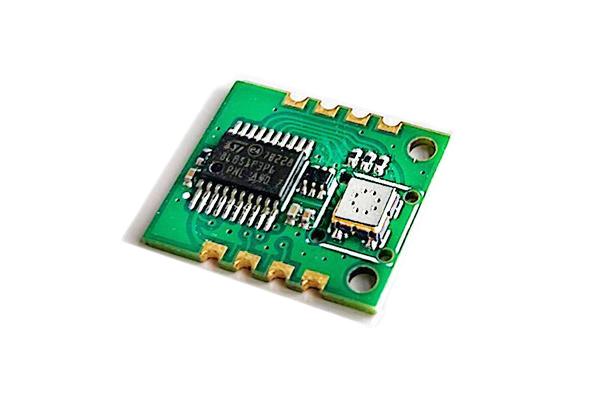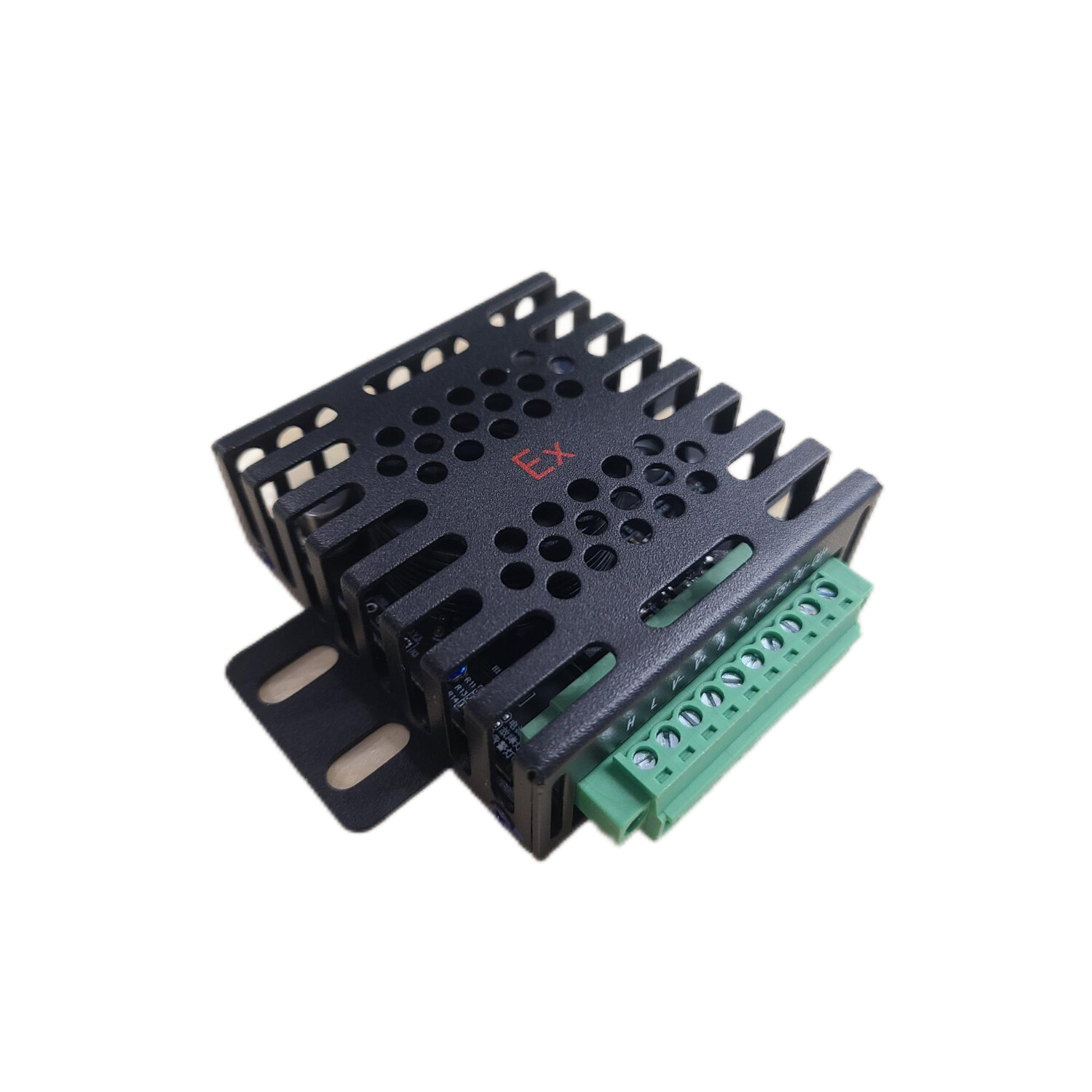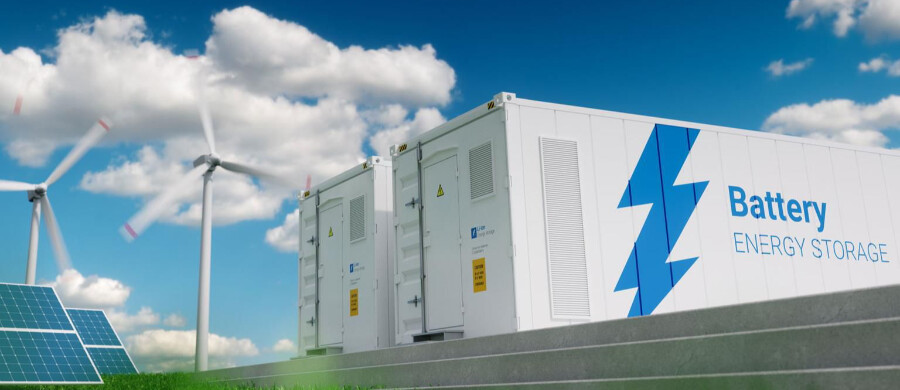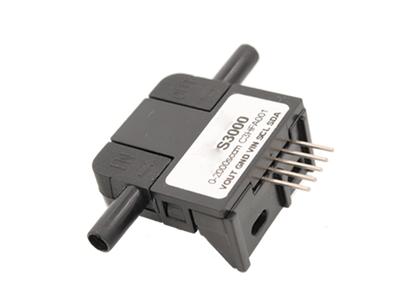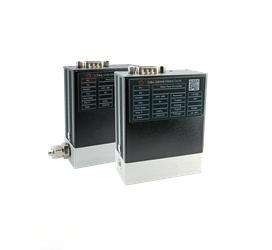In the context of fuel cells, Mass Airflow Sensors are devices used to measure the mass flow rate of air entering the fuel cell. Fuel cells require a precise balance of reactants, including the right amount of air for the electrochemical reaction that generates electricity.
Mass Airflow Sensors (MAF sensors) in fuel cells work by measuring the mass flow rate of air entering the fuel cell stack. The accurate measurement of air mass flow is essential for maintaining the optimal stoichiometry, which is the balanced ratio of air to fuel required for efficient electrochemical reactions within the fuel cell.
Here is a general overview of how Mass Airflow Sensors work in fuel cell applications:
- Sensing Element: MAF sensors have a sensing element that is exposed to the airflow. This sensing element could be a heated wire, film, or another type of technology sensitive to changes in air mass.
- Airflow Measurement: As air flows over the sensing element, it causes a change in the element's temperature or properties. The MAF sensor measures this change, and the rate of change is proportional to the mass flow rate of the incoming air.
- Signal Generation: The MAF sensor generates an electrical signal based on the measurements of the sensing element. This signal is then sent to the fuel cell control system or electronic control unit (ECU).
- Control System Adjustment: The fuel cell control system uses the data from the MAF sensor to adjust the air supply to the fuel cell stack. By maintaining the optimal stoichiometry, the control system ensures that the fuel cell operates efficiently and produces electricity reliably.
- Feedback Loop: MAF sensors are often part of a feedback loop in the control system. The control system continuously monitors the air mass flow, adjusts the air supply as needed, and ensures that the fuel cell operates under optimal conditions.
By continuously monitoring and adjusting the air supply based on the MAF sensor's measurements, fuel cell systems can achieve better efficiency, performance, and longevity. This is crucial for the successful operation of fuel cells in various applications, such as power generation and transportation.



